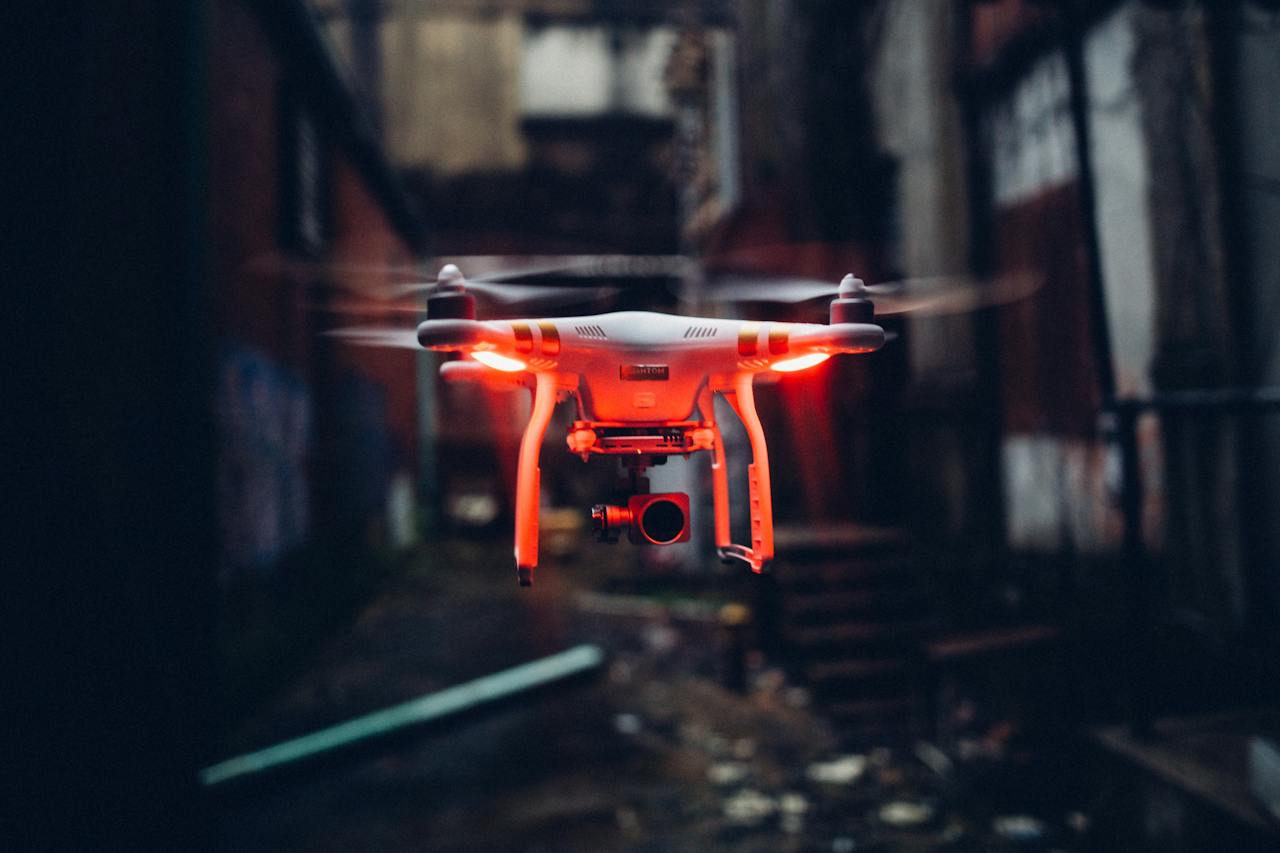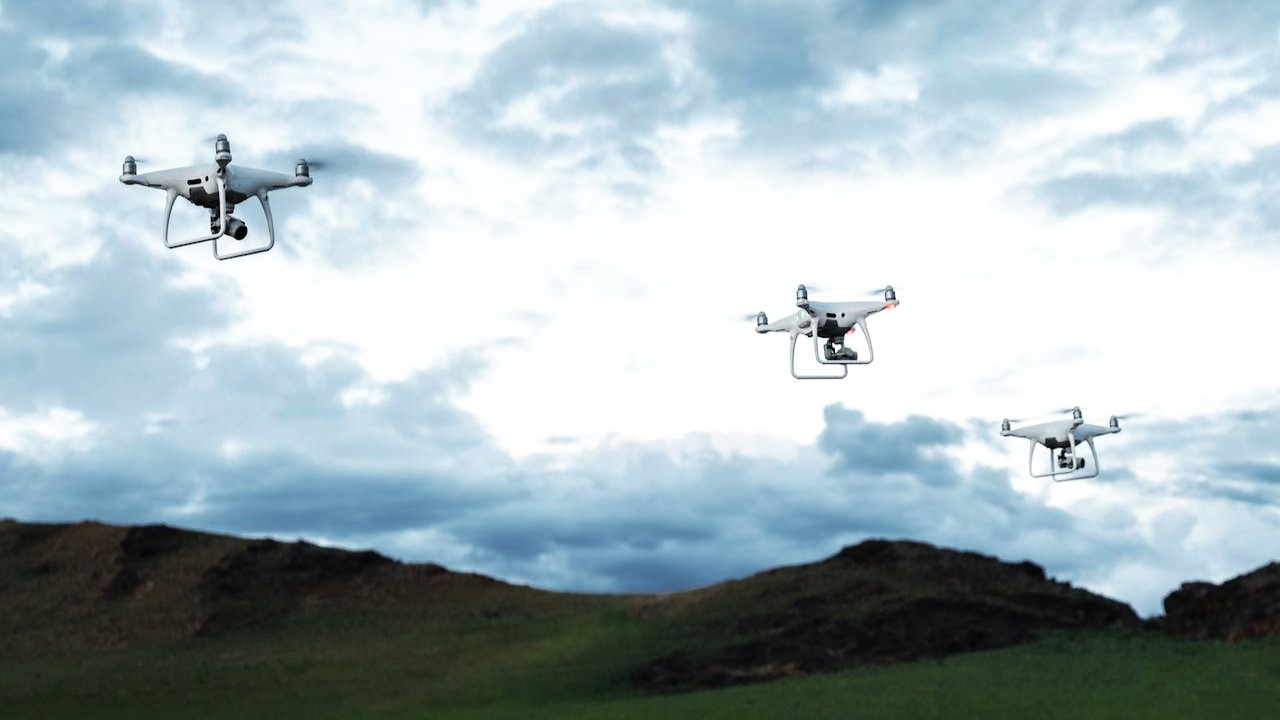Defending against drones involves a combination of detection, tracking, and mitigation strategies. Here are several measures and technologies that can be employed to defend against unauthorized or potentially malicious drones:

How do you defend against drones?
-
Drone Detection Systems:
- Radar Systems: Ground-based radar systems are the backbone of drone detection, utilizing radio waves to identify and track UAVs. These systems continuously scan the airspace, detecting any unusual movements indicative of drone activity. By providing real-time tracking data, radar systems offer a foundational layer for a comprehensive anti-drone defense strategy.
- Acoustic Sensors: Acoustic sensors enhance drone detection capabilities by leveraging microphones to pick up distinct sound signatures associated with drone operation. These sensors contribute to early identification, offering an additional layer of security in environments where visual or radar detection may be challenging.
- Radio Frequency (RF) Scanners: RF scanners play a critical role in identifying communication signals between drones and their operators. By monitoring the RF spectrum, these scanners pinpoint the presence of unauthorized drones, aiding in the overall situational awareness of the airspace.
-
Optical and Infrared Cameras:
- Surveillance Cameras: Visual and infrared cameras extend surveillance capabilities, allowing for the detection and tracking of drones during both day and night. These cameras capture visual and heat signatures, enhancing the overall effectiveness of the anti-drone system.
-
Drone Detection Software:
- Artificial Intelligence (AI) Algorithms: Advanced software analyzes data from various sensors to identify and track drones, distinguishing between authorized and unauthorized activities. Drone detection software, powered by AI algorithms, analyzes data from diverse sensors to distinguish between authorized and unauthorized drone activities. This intelligent software enhances the accuracy and efficiency of the overall anti-drone defense system. In the coming years AI would play measure role in how do you defend against drones.
-
Radio Frequency (RF) Jamming:
- Jamming Devices: Disrupt the communication signals between drones and their operators, preventing them from receiving commands or transmitting data. RF jamming devices disrupt the communication signals between drones and their operators, preventing them from receiving commands or transmitting data. This active countermeasure is crucial in neutralizing the threat posed by unauthorized drones.
-
GPS Spoofing Detection:
- Anti-Spoofing Technology: Systems that can identify and counteract attempts to manipulate the GPS signals received by drones. Anti-spoofing technology safeguards against GPS manipulation attempts by identifying and countering efforts to deceive a drone’s navigation system. This ensures accurate location tracking and reliable information for effective countermeasures.
-
Physical Barriers:
- Anti-Drone Nets: Installed as physical barriers to capture drones that enter restricted areas. Anti-drone nets serve as physical barriers, deployed to capture drones that enter restricted areas. This proactive measure prevents drones from advancing further into sensitive zones, providing a tangible defense against potential threats.
-
Laser Systems:
- High-Powered Lasers: Disrupt or damage a drone’s sensors and communication systems. High-powered lasers are employed to disrupt a drone’s functionality by targeting its sensors and communication systems. This non-kinetic approach provides a precise means of disabling unauthorized drones without causing physical damage.

-
Cybersecurity Measures:
- Encryption and Authentication: Implement secure communication protocols to prevent hacking attempts that could compromise a drone’s security. Cybersecurity measures, such as encryption and authentication protocols, protect against hacking attempts that could compromise a drone’s security. This ensures the integrity of the drone’s systems and prevents unauthorized access.
-
Anti-Drone Drones:
- Interceptor Drones: Interceptor drones represent a cutting-edge advancement in the field of counter-drone technology, designed specifically to neutralize rogue or unauthorized unmanned aerial vehicles (UAVs). These specialized drones serve as aerial guardians, equipped with advanced tools and technologies to effectively address the growing concerns related to drone misuse.

-
Directed Energy Weapons:
- Microwave or Radiofrequency Weapons: Advanced technologies can disrupt and disable drones by focusing directed energy on critical components. Microwave or radiofrequency weapons focus directed energy on critical components of drones, disrupting their functionality without causing physical harm. These advanced technologies provide an effective and non-destructive means of neutralizing drone threats.
-
Legislation and Regulations:
- Legal Frameworks: Implement and enforce regulations governing drone usage, ensuring that operators adhere to established rules and guidelines. Establishing and enforcing legal frameworks governing drone usage is essential for ensuring responsible and lawful drone operation. Regulations provide a framework for managing the deployment of anti-drone technologies within legal and ethical boundaries.
-
Education and Awareness:
- Public Awareness Campaigns: Educate the public about responsible drone usage and potential risks, fostering a sense of accountability among drone operators. Public awareness campaigns educate individuals about responsible drone usage, promoting accountability among operators. Understanding the potential risks associated with drones fosters a culture of responsible and ethical drone operation.
-
Collaborative Defense Networks:
- Integrated Systems: Coordination between multiple anti-drone technologies to create a comprehensive defense network. Collaborative defense networks integrate multiple anti-drone technologies to create a comprehensive and layered approach. By coordinating different systems, these networks enhance the overall effectiveness of the anti-drone defense strategy, addressing diverse threats in a coordinated manner.
It’s important to note that the selection of defense measures depends on the specific context, the level of threat, and the legal framework in place. Combining multiple technologies and strategies often provides a more robust defense against drones, addressing both the detection and mitigation aspects of the challenge. Additionally, responsible and ethical deployment of anti-drone measures is essential to avoid unintended consequences and legal issues. In coming years, it will depend on the technological advances in anti-drone devices, how do you defend against drones.